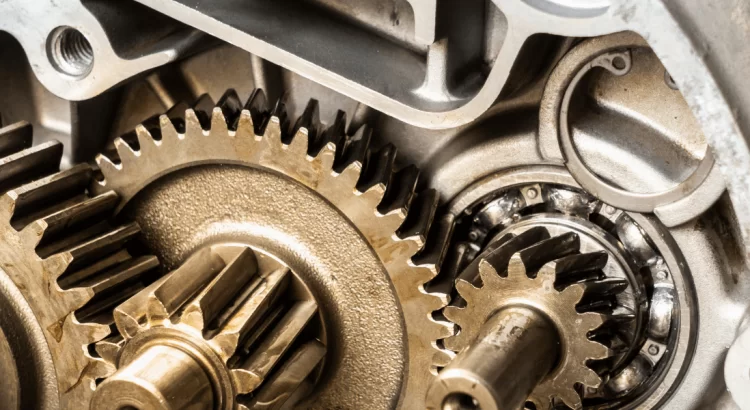Mobile:+86-311-808-126-83
Email:info@ydcastings.com
aluminum pressure die casting
Aluminum Pressure Die Casting A Comprehensive Overview
Aluminum pressure die casting is a widely used manufacturing process that enables the production of complex and high-precision components with minimal waste. This method is particularly favored in various industries, including automotive, aerospace, consumer electronics, and appliance manufacturing, due to its capability to produce lightweight, robust, and intricately designed parts.
Process Overview
The aluminum pressure die casting process involves injecting molten aluminum into a mold at high pressure. The process can be broken down into several critical steps
1. Mold Preparation The molds used in aluminum die casting are typically made from durable steel to withstand the high pressure and temperature of the molten aluminum. Molds are designed to create the specific shape of the final product and are often manufactured with cooling channels to maintain optimal temperatures during the casting process.
2. Melting Aluminum Aluminum is melted in a furnace and then poured into a holding pot. The temperature of the molten aluminum is crucial, as it must be maintained within a specific range to ensure proper flow into the mold.
3. Injection Using high-pressure hydraulic systems, the molten aluminum is injected into the prepared mold at speeds that can exceed several meters per second. The pressure helps to fill intricate cavities and ensures that there are minimal air pockets or defects in the final product.
4. Cooling and Solidification After the mold is filled, the aluminum is allowed to cool and solidify, typically within a few seconds to a few minutes. The cooling process is critical, as it affects the mechanical properties and surface finish of the casted part.
5. Ejection and Finishing Once the aluminum has cooled and solidified, the mold is opened, and the casting is ejected. The process often requires secondary finishing techniques, such as machining, polishing, or surface treatment, to meet specific design requirements and improve surface quality.
Advantages of Aluminum Pressure Die Casting
1. High Dimensional Accuracy One of the significant advantages of aluminum pressure die casting is the high dimensional precision it offers. Components produced through this method require less machining, which saves time and reduces scrap.
aluminum pressure die casting

2. Superior Mechanical Properties Aluminum castings possess excellent mechanical properties, including strength, corrosion resistance, and thermal conductivity. These characteristics make them suitable for various demanding applications.
3. Rapid Production Rates The pressure die casting process allows for fast production cycles, making it ideal for high-volume manufacturing. Once the initial mold is created, numerous parts can be produced in a relatively short time.
4. Design Flexibility Manufacturers can produce complex shapes and thin-walled structures with aluminum pressure die casting. This design flexibility enables engineers to optimize components for functionality and aesthetics.
Applications in Various Industries
- Automotive In the automotive sector, aluminum die casting is used for engine components, transmission housings, and structural parts, contributing to weight reduction and improved fuel efficiency.
- Aerospace The lightweight and robust nature of aluminum make it a preferred material for aerospace components such as brackets and housings.
- Consumer Electronics Many electronic devices utilize aluminum castings for enclosures, adding both structural integrity and aesthetic appeal.
- Appliance Manufacturing Kitchen appliances often incorporate die-cast aluminum for various functional and decorative parts, thanks to its durability and ease of finishing.
Conclusion
Aluminum pressure die casting is a vital manufacturing process that facilitates the production of high-quality, intricate components across multiple industries. Its advantages, including precision, speed, and design flexibility, make it an essential method for meeting the demands of modern manufacturing. As technology advances, we can expect enhancements in die casting techniques, further increasing efficiency and sustainability in the production process.
-
Valve Body Acts as the “Heart” of Flow ControlNewsMay.19,2025
-
Understanding the Importance of ImpellersNewsMay.19,2025
-
Importance of Automobile Water PumpsNewsMay.19,2025
-
How an Engine Oil Pan Works to Keep Your Car LubricatedNewsMay.19,2025
-
Common Materials Used in Pump Impeller ManufacturingNewsMay.19,2025
-
Ball Valve Casting in Modern Pipeline SystemsNewsMay.19,2025











